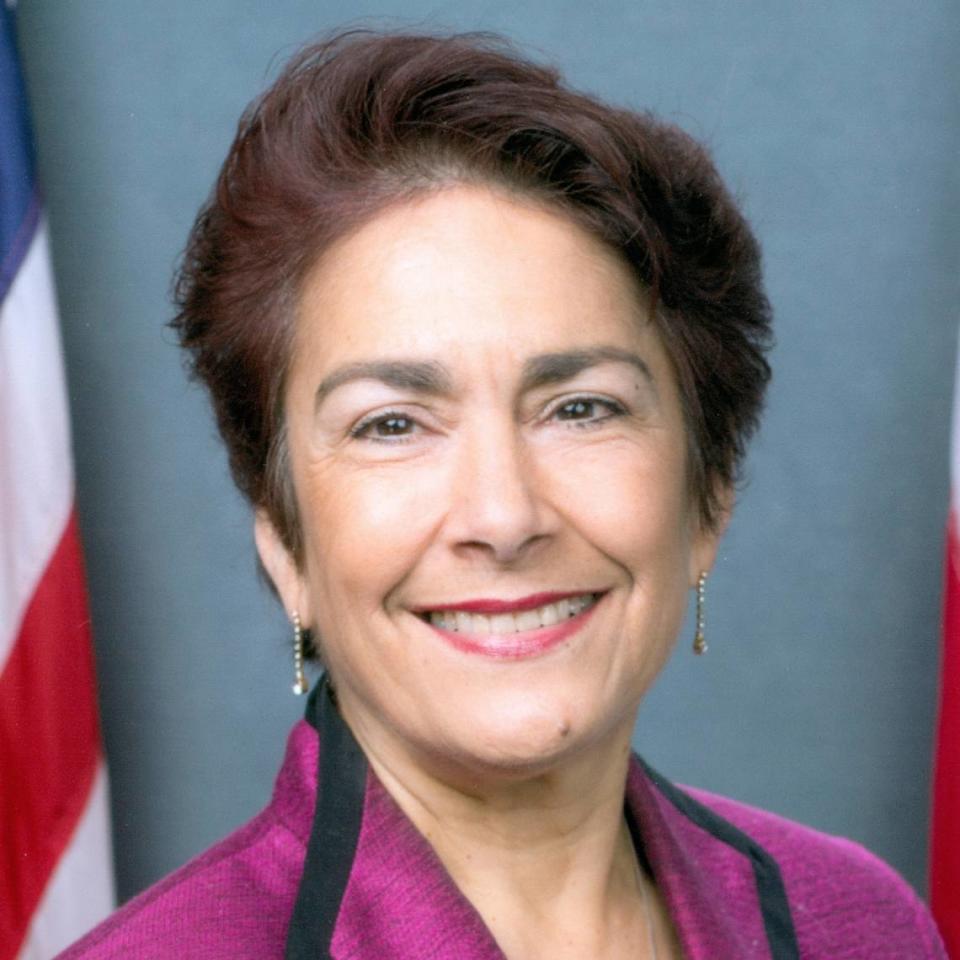Water bond would benefit farmers and rare San Joaquin Valley grasslands area | Opinion
Last year, California experienced weather whiplash. After years of severe drought, 2023 saw heavy rainfall and snowpack that flooded the state, recharged groundwater and filled our reservoirs. While desperately needed, we cannot pretend that the good times are here to stay. Increasingly dry years are in our future, and it will not be long until we find ourselves facing drought conditions once again.
The time to prepare our water infrastructure for the future is now.
Currently, lawmakers in Sacramento are working to close a $37.9 billion deficit. While we have made progress at the state level in recent years — including allocating $8.6 billion in state funding for water projects — pulling back on water infrastructure funding now could jeopardize further federal and local funding sources for key projects already underway.
We must find a way for the state to continue to do its part as a funding partner to keep project proponents at the table and keep these projects moving forward.
Opinion
The Del Puerto Canyon Reservoir, a proposed 800-acre off-stream storage facility in the foothills of the Central Valley’s Diablo Range just west of the city of Patterson, is one example. The reservoir will be capable of storing up to 82,000 acre-feet of water, and the project will offer immense benefits for water users in our region, including local residents, farmers and wildlife refuges.
The Del Puerto Canyon Reservoir will create storage for agricultural uses, which is important to the local economy given that agriculture employs over 100,000 people in the region. South-of-Delta disadvantaged communities, many of which lack reliable access to water, will receive numerous public benefits, including improved groundwater management and increased groundwater recharge, as the reservoir will help stabilize groundwater levels needed for reliable well pumping. The reservoir will also help alleviate flooding in these communities, as it will be capable of storing excess water like we saw during the heavy rains last season.
Importantly, water stored in the reservoir, sourced from the Central Valley Project, will not increase Delta exports. Rather, it will provide recipients of the water with a new site for storage of their current water allocations so they can better manage supplies, storing water when it is plentiful for releases during dry periods.
Three quarters of current funding for the planning and construction of the estimated $1.1 billion project comes from the Del Puerto Water District and San Joaquin River Exchange Contractors Water Authority, with the remaining 25% comes from the U.S. Bureau of Reclamation. The project is expected to submit an updated environmental impactreport within the next few months.
While water infrastructure investments are too often framed as a fight between agriculture and environmental interests, the Del Puerto Canyon Reservoir is an example of how a project can offer multiple beneficial uses.
At least one-quarter to one-half of the storage capacity could be utilized by the Del Puerto Water District and the San Joaquin River Exchange Contractors Water Authority, who collectively serve over 290,000 acres of local agriculture. Conversations are also ongoing with the Bureau of Reclamation and regional water districts interested in additional capacity to serve local needs.
One of the other main beneficiaries of the project will be the Grasslands Ecological Area in Merced County, home to the largest wetlands area in California. The Grasslands supports more than 550 species of birds, animals and plants, including more than 40 species federally listed as sensitive, threatened or endangered. It is a critical stopping point for migratory birds on the Pacific Flyway, a wildlife corridor that extends from Patagonia to the Alaskan Peninsula.
The Grasslands area faces challenges with water availability in dry years, as do our farmers and local communities. Roughly 13% of the storage capacity will be for use by the Grasslands, which will allow water to be released to the ecological area in dry years to help stabilize these sensitive habitats. State funding through a bond could not only help cover the costs of planning and development of the overall project, but could also be tied to additional public benefits, like dedicated uses in support of the Grasslands.
Given the budget deficit, we should look to continue state funding for important water projects through a bond in the upcoming year. If we wait to act, the water shortages we have recently experienced will only intensify. Disadvantaged communities and ecologically sensitive areas will face dire water shortages, our economic recovery will be hampered and we risk missing future federal and local funding sources by not providing complimentary project funding at the state level.
We must build a coalition of partners that understand that we all collectively benefit from investing in a secure, reliable water conveyance and storage system. The benefits of projects like the Del Puerto Canyon Reservoir will be realized for generations. Our challenge is to make financially responsible investments today.
State Sen. Anna M. Caballero represents the 14th Senate District, composed of the majority of Merced, Fresno and Madera counties, and serves as the interim representative for the Salinas Valley and San Benito County. Ric Ortega is the general manager and director of governmental and legislative affairs for the Grasslands Water and Resource Conservation District.




